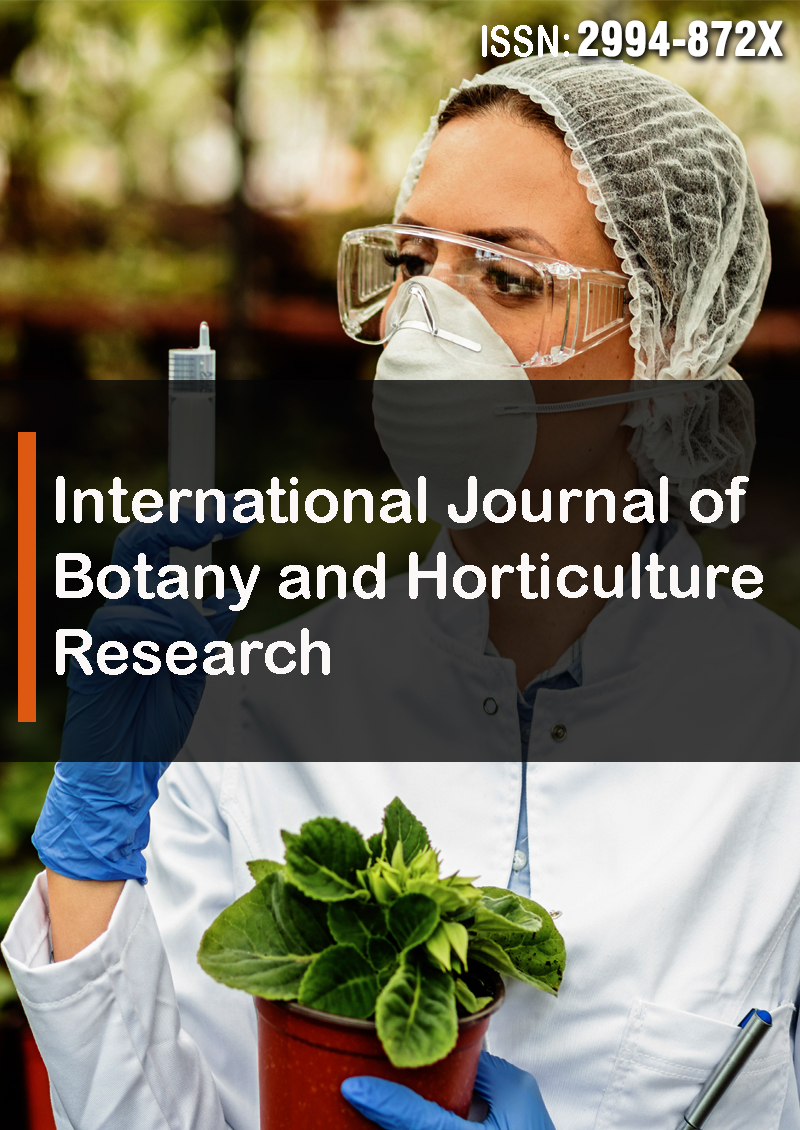Impact of Eucalyptus Plantation on Soil Properties in West Ethiopia
Abstract
Yohannes Shifera Daka, Zelalem Telila Geleta and Melkamu Demeke
Eucalyptus is widely planted in farmland in the study area largely because of construction purpose and financial income. However, the impact of cultivating eucalyptus has become a significant concern due to its long-term effects on the environment. These effects include the drying up of water sources, changes in soil characteristics, depletion of soil nutrients and fertility, suppression of other plant species, decline in forest biodiversity, and reduced agricultural yields in agroforestry systems. Despite these consequences, eucalyptus plantations continue to expand on farmland in the study area, disregarding the negative effects on soil fertility and competition for crop land. Additionally, the increasing human population and demand for agricultural crops contribute to environmental degradation. Hence, this study was aimed to assess the effects of Eucalyptus camaldulensis on the physicical and chemical soil properties in western Ethiopia, particularly in Gidami district. The study employed a randomized complete block design (RCBD) and selected three farmlands with 50m by 50m eucalyptus plantations of similar age as experimental plots. Each plot was further divided into five sub-blocks, and sampling points were randomly assigned to each block. Soil samples were collected using an auger at five different distances from the trees (middle of the canopy, 5m, 10m, 15m, and 40m) and at two depths (0-15cm and 15-30cm). A total of 30 composite soil samples were prepared by mixing three sub-samples from each block, with the control group located at a distance of 40m from the trees. Soil physico-chemical analysis was conducted at Nekemt soil laboratory, and the data were analyzed using two-way analysis of variance (ANOVA) in SAS version 9.0. The study found that the effects of eucalyptus trees on soil bulk density, exchangeable acidity, organic matter, exchangeable base, organic carbon, and pH were insignificant at different distances and depths. However, soil moisture, pH, and cation exchange capacity (CEC) increased with increasing distance from the eucalyptus trees, while total nitrogen (N) decreased. Furthermore, surface soils (0-15 cm) had higher levels of total nitrogen, potassium (K), carbon (C), and organic matter compared to subsoils (15-30 cm) depth.



